The Great Flood of 2011
The roar of the Missouri flowing through the 14 floodgates spanning the shared Nebraska and South Dakota border was a hungry lion waiting to pounce. Soon the nation’s longest river would attack Nebraska with one of the worst floods in its history.
The roar of the Missouri flowing through the 14 floodgates spanning the shared Nebraska and South Dakota border was a hungry lion waiting to pounce. Soon the nation’s longest river would attack Nebraska with one of the worst floods in its history.
(This story first appeared in the May/June 2012 issue of Nebraska Life Magazine.)
TORRENTIAL RAINS in the upper Missouri River Basin in May 2011 stressed all five main stream dams upriver of Yankton’s Gavins Point, leaving the hydroelectric structure that backs up Lewis and Clark Lake as the last line of defense against downstream deluges.
Public outcry and political pressure following major floods in the 1940s led to the creation of the dam network. The dams: Fort Peck near Glasgow, Mont., Garrison in central North Dakota, and Oahe, Big Bend, Fort Randall, and Gavins Point, all in South Dakota, were installed as flood controls as authorized by the Flood Control Act of 1944. Other benefits of the project include improved navigation, hydroelectric generation, recreational opportunities and irrigation. There are 15 dams in total on the Missouri, and nearly 100 more on its tributaries. The unforgiving Missouri River, as if offended by the attempted taming of its flows, has been rising up ever since.
Historic floods raged in 1881, 1943 and 1952. Gavins Point Dam was completed in 1957, and the rest of the upstream dams were all finished by the early 1960s. Still, heavy floods took their toll along the Missouri River in Nebraska in 1967, 1978 and 1993, with lesser, more localized floods occurring even more often. From its beginnings in the mountains of Montana, to where it joins the Mississippi north of St. Louis 2,341 miles later, the Missouri River brings life to the river valley. And on occasion, it dramatically changes the valley.
Up and down the Missouri River, the 2011 flooding caused more than $2 billion in damages, including 4,000 flooded homes, and resulted in five deaths. In Nebraska, water flowed across Highway 2 at Nebraska City all summer long. Three miles of Interstate 680 between Omaha and Interstate 29 near Council Bluffs, Iowa, was destroyed. And from Montana to Nebraska, $514 million worth of repairs are being made to U.S. Army Corps of Engineers levees, dams and other floodcontrol structures. By the time everything is cleaned up in 2012, the total cost to Eppley Airfield will top $22 million.
Devastation. That one word sums up the months-long Missouri River flood of 2011 for the people who experienced it: the business owners who lost their shops, restaurants, and factories, employees who lost livelihoods, and residents who lost their homes. As soon as the indiscriminate waters retreated, the victims set to work rebuilding both lives and buildings. Some relocated to begin anew, far from the muddy grasp of the monstrous Missouri River. Others stayed put, almost challenging the river to a second round.
With its legendary currents pulled back within its banks, for most, the flood of 2011 is over. But for those suffering through financial setbacks that will take years to recover from, and the victims who bare scars both physical and emotional, the great flood rages on. And as rising temperatures cause winter snowpack to melt hundreds of miles upstream in the Rockies, and spring rains begin to fall, a flood of memories begin to fill the minds of Nebraskans who lived through the Great Flood of 2011.
Churchill moved some of the belongings, and then arranged for their housing applications to be filed for the dormitory. By the weekend, her husband, and their children, Katy, 6, and Nikita, 7, all pitched in to move out residents.
City Administrator Rod Storm said preparations and repairs from the flood have cost Blair about $5 million, but after he saw the river in all its fury, he is probably amazed it was not millions more. Storm was left thunderstruck by a day in mid-June when he stood on the flood protection berms.
“The winds were gusting near 30 mph, creating 3-foot waves,” Storm recalled. “I felt like I was standing on the shores of Lake Michigan.”
Although it was a summer these riverside residents would like to forget, Green says many of the kids have fun memories of life on campus.
“They actually had a blast,” Green said. “The view from a child’s eyes, even in the midst of disaster and loss is always positive about the future.”
Thanks to the efforts of many dedicated residents, hope is once again flowing in Blair like the happy dreams of a child.
Subscribe to Nebraska Life Magazine and receive thoughtful stories and beautiful photography featuring travel, history, food, nature and communities of Nebraska.
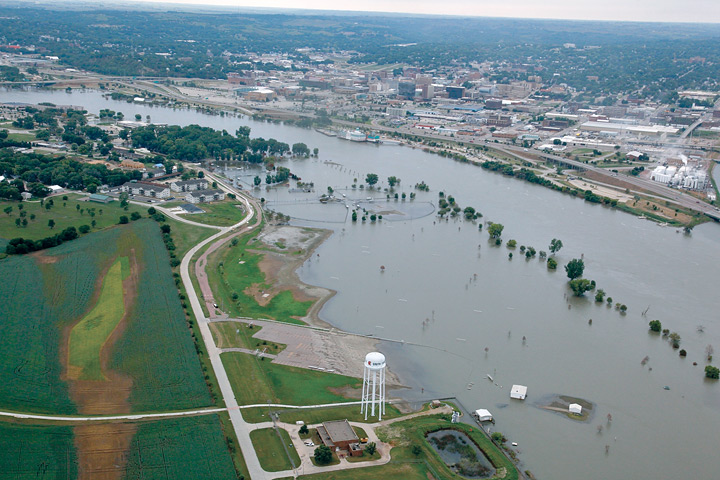
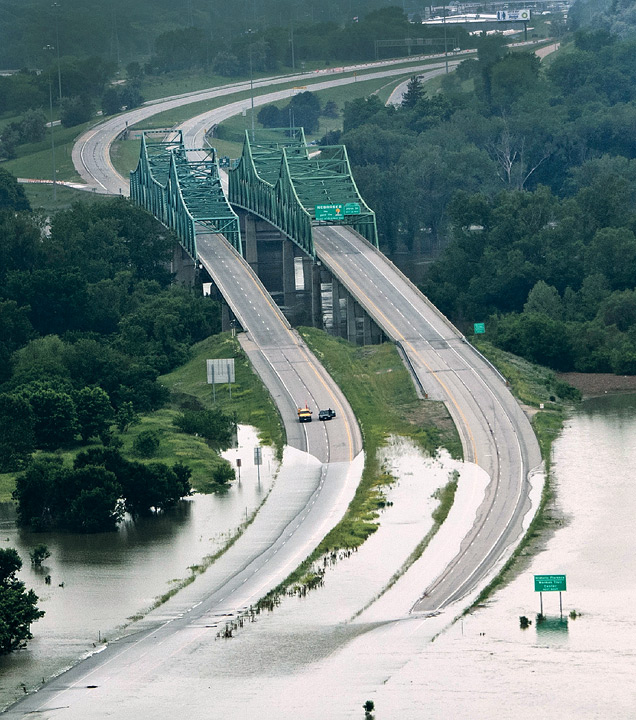
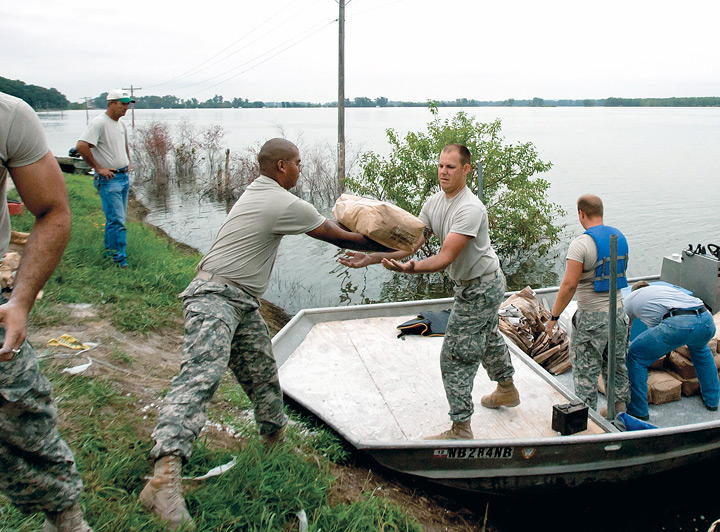
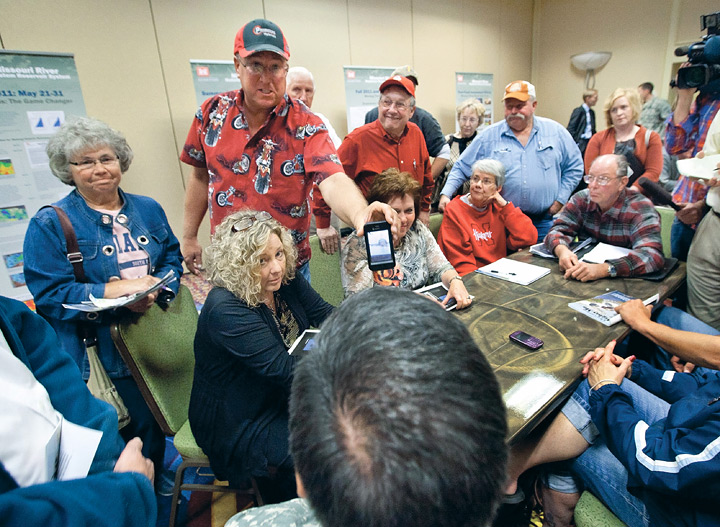
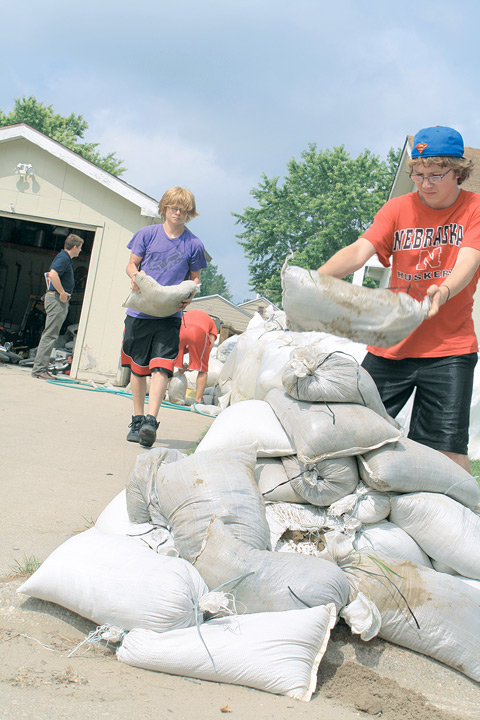
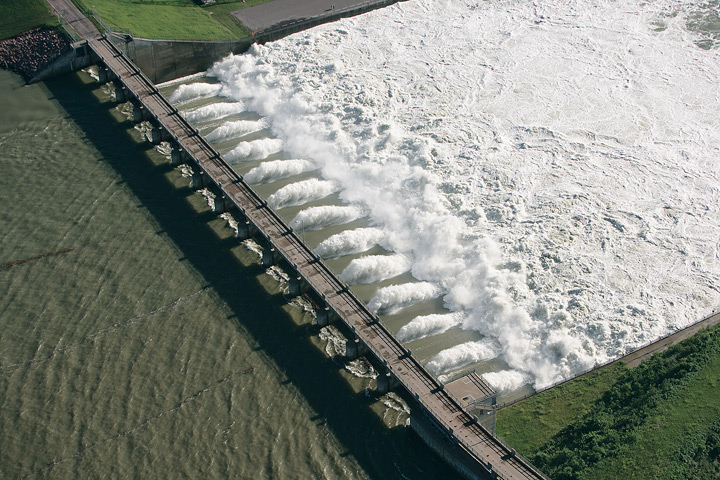
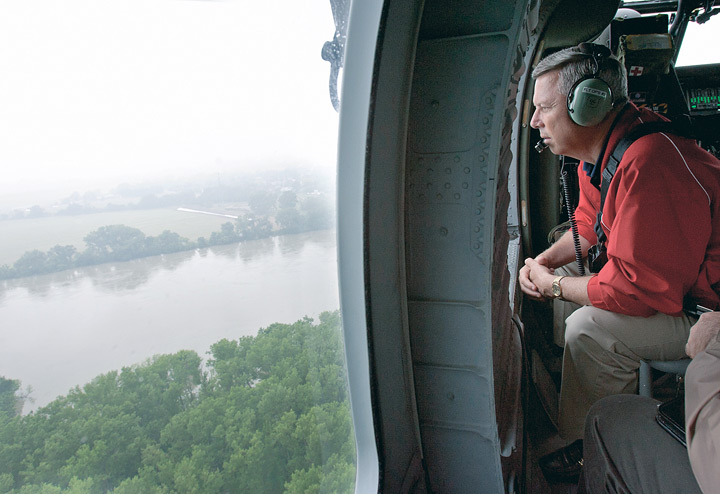
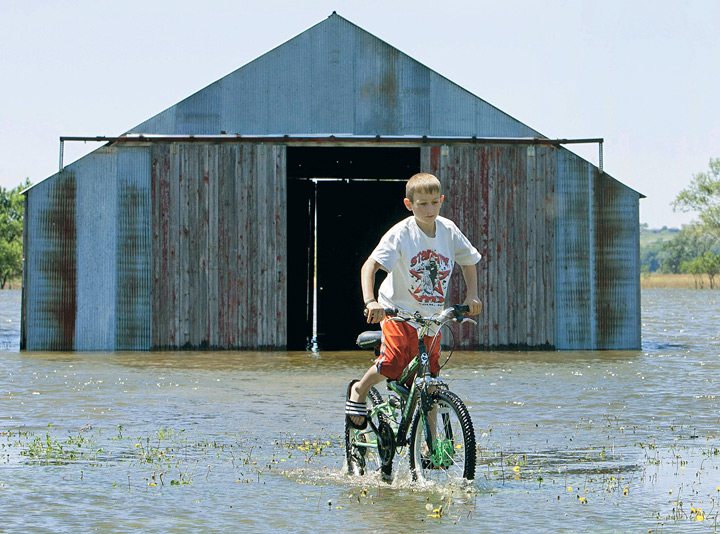
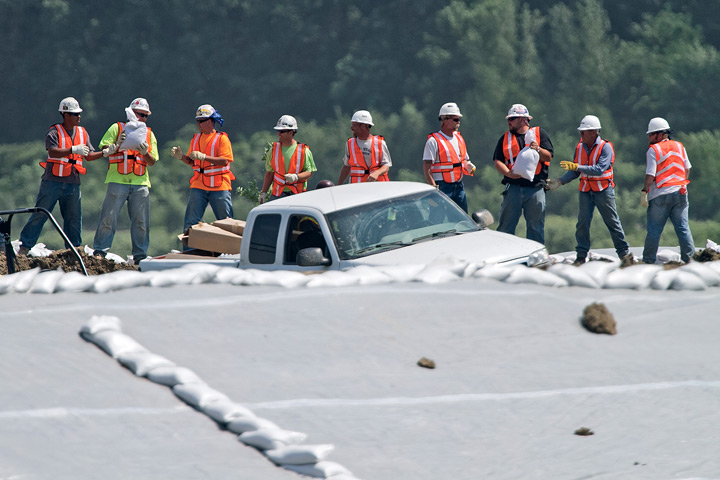

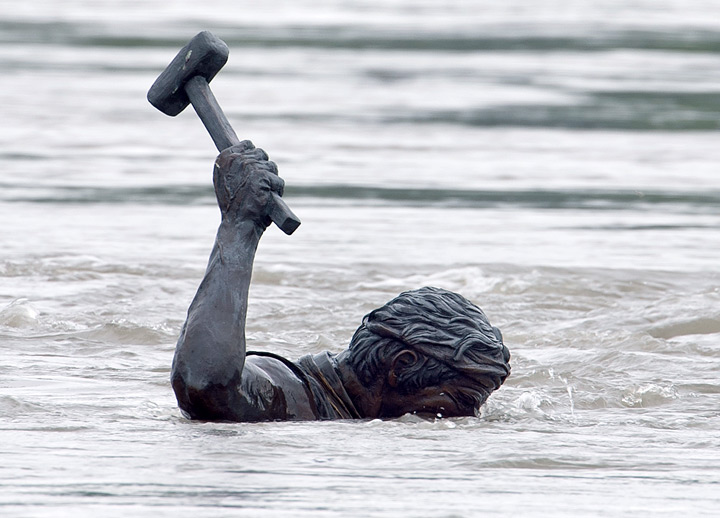
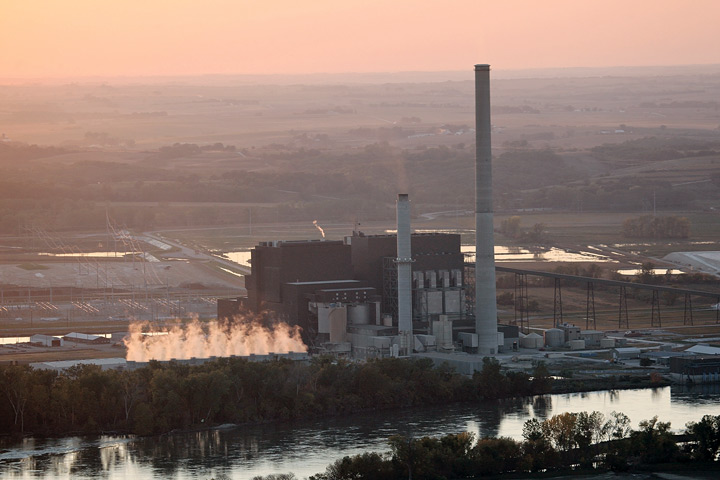
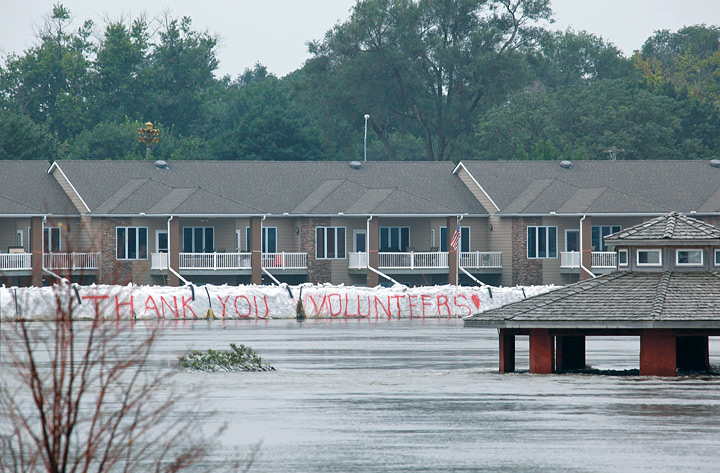

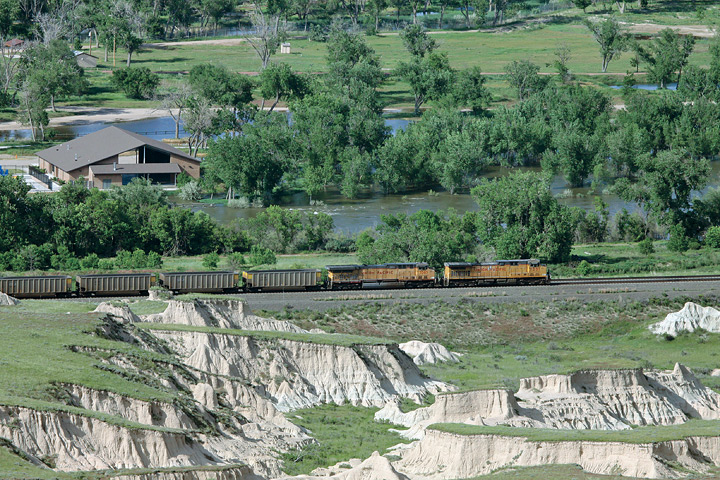
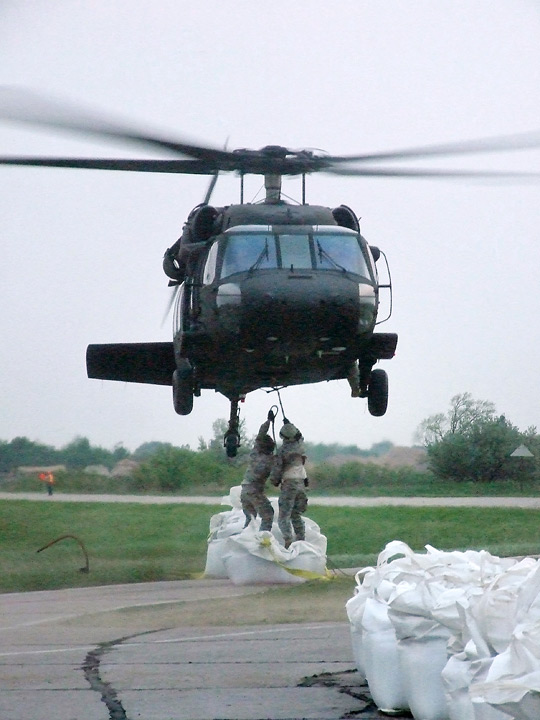
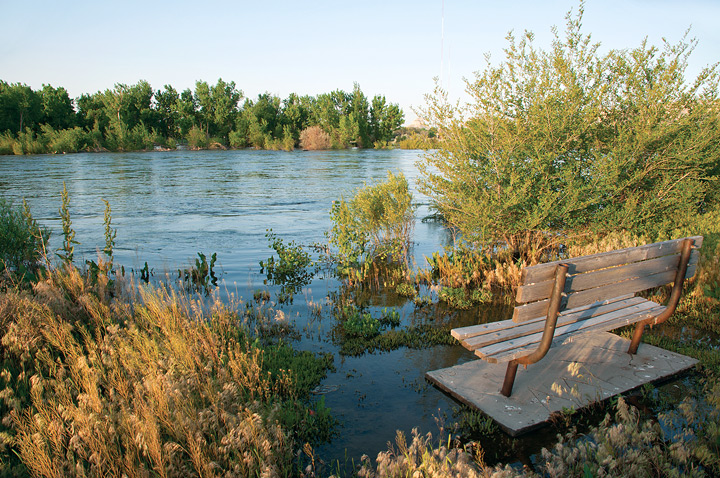
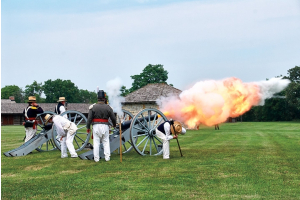

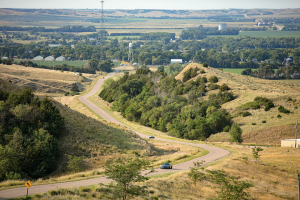
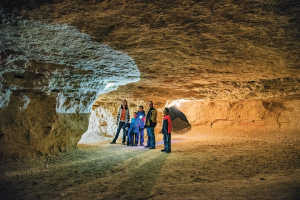

The information below is required for social login
Sign In
Create New Account